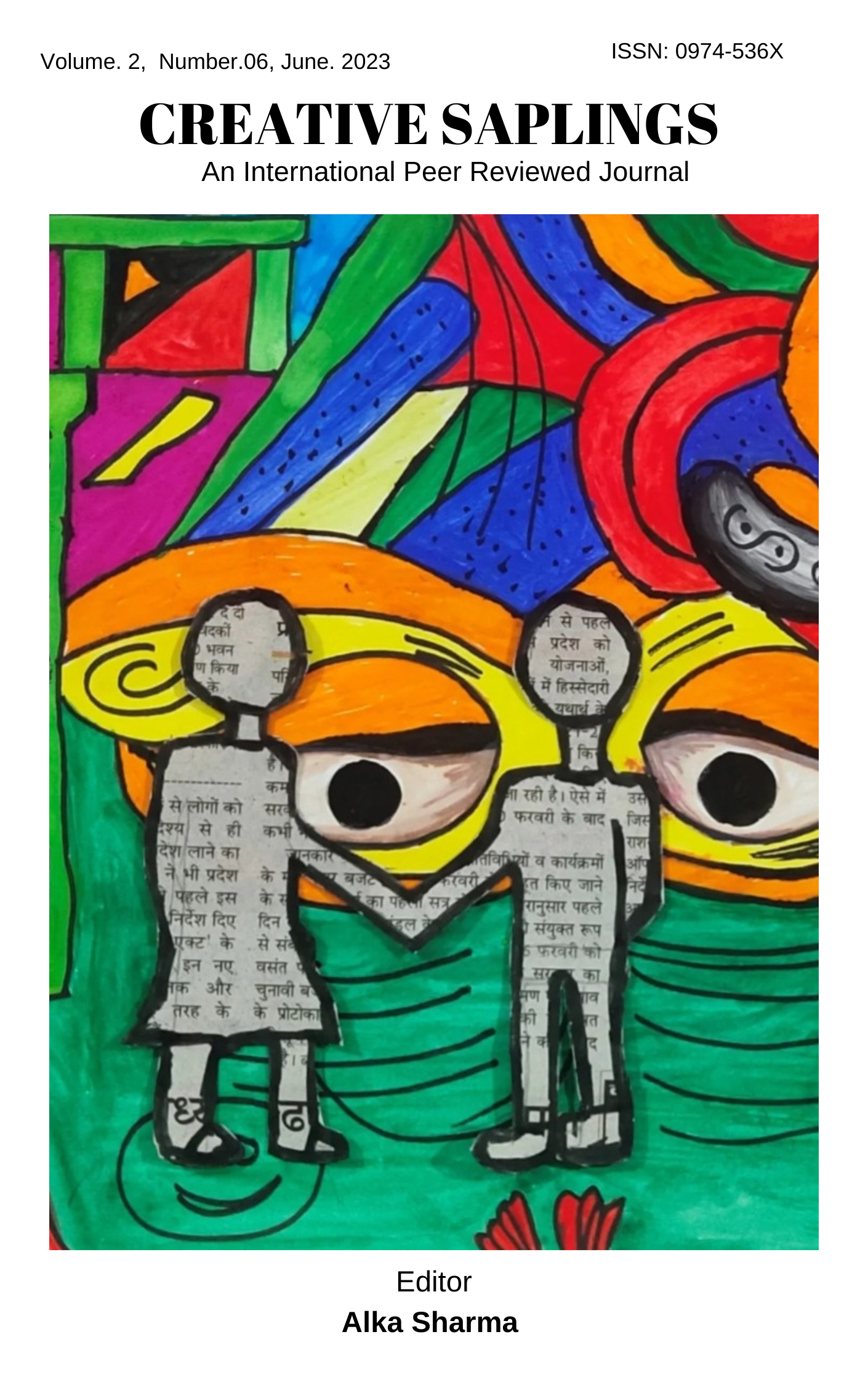Navigating the Divine: Sea Creatures in Greek and Indian Mythology
DOI:
https://doi.org/10.56062/Keywords:
Greek mythology, Odyssey, Makara, Virgil, Sea, Shesha, Scylla and Charybdis.Abstract
The sea has long been a potent image in mythology, symbolizing the immense unknown and the source of life, as seen in both Indian and Greek classical traditions. Indian mythology features various sea creatures like the Makara, Shesha, Timingila, Jalakanyas, and Uraga, each embodying cultural and spiritual beliefs, and symbolizing philosophical concepts. Greek mythology, with deities like Poseidon and epic tales such as the Odyssey, highlights the sea's role in heroic journeys and divine influence. This research explores how these myths reflect human experiences of transformation, chaos, heroism, and love. Questions addressed include: How do sea myths symbolize human challenges and transformations? What roles do sea deities and creatures play in conveying cultural values? The analysis reveals that sea myths from different cultures emphasize the unpredictable nature of life, the necessity of respect for natural forces, and the enduring human spirit in the face of divine and natural adversities.
Downloads
References
Apte, Vaman Shivaram. The Practical Sanskrit-English Dictionary Containing Appendices on Sanskrit Prosody and Important Literary and Geographical Names of Ancient India. New Delhi: Motilal Banarsidass, 1965.
Ayyangar, C. R. Shreenivasa. The Ramayana of Valmiki. Madras: M. K. Press, A. L. V. Press & Guardian Press, 1910.
Blaiklock, E. M. “The Nautical Imagery of Euripides' Medea.” Classical Philology 50.4 (1955).
Gill, N.S. Ancient Greek Flood Myth of Deucalion and Pyrrha. 1 April 2020. <https://www.thoughtco.com/flood-myth-of-deucalion-and-pyrrha-119917>.
Homer. “Voyage.” The Odyssey. Trans. Robert Fagles. Penguin Classics, 1996.
Hornblower, Simon and Antony Spawforth (eds). ““Laomedon.”.” The Oxford Classical Dictionary. Third Edition. Oxford: Oxford University Press, 1996.
Jaffe, Alexander L. Sea Monsters in Antiquity: A Classical and Zoological Investigation. n.d. <https://escholarship.org/content/qt67t7807d/qt67t7807d_noSplash_d58dc4644d5ab9bfdf795f05d1de3e6a.pdf?t=mp946m>.
Mair, A.W. tr. Oppian, Colluthus, and Tryphiodorus. Cambridge: Harvard University Press. Loeb Classical Library, 1928.
Manmathanatha Datta, Manmatha Nath Dutt. A prose English translation of the Mahabharata (tr. literally from the original Sanskrit text). Calcutta: Printed by H.C. Dass, 1895.
Papadopoulos, John K. and D. Ruscillo. ““A Ketos in Early Athens: An Archaeology of Whales and Sea Monsters in the Greek World.” American Journal of Archaeology (2002): 187-227.
“The Sacred Books of Hindus.” Ed. Major B. D. Basu IMS. Trans. Various Smskrit Scholars. Vols. 17, Part 1. New York: AMS Press, 1916.
Timingila. n.d. <https://creatures-of-myth.fandom.com/wiki/Timingila>.
Virgil. The Aeneid. Trans. Robert Fagles. New York: Viking Penguin Groups, 2006.
Downloads
Published
Issue
Section
License
Copyright (c) 2023 Anamika Shukla

This work is licensed under a Creative Commons Attribution-NonCommercial 4.0 International License.





